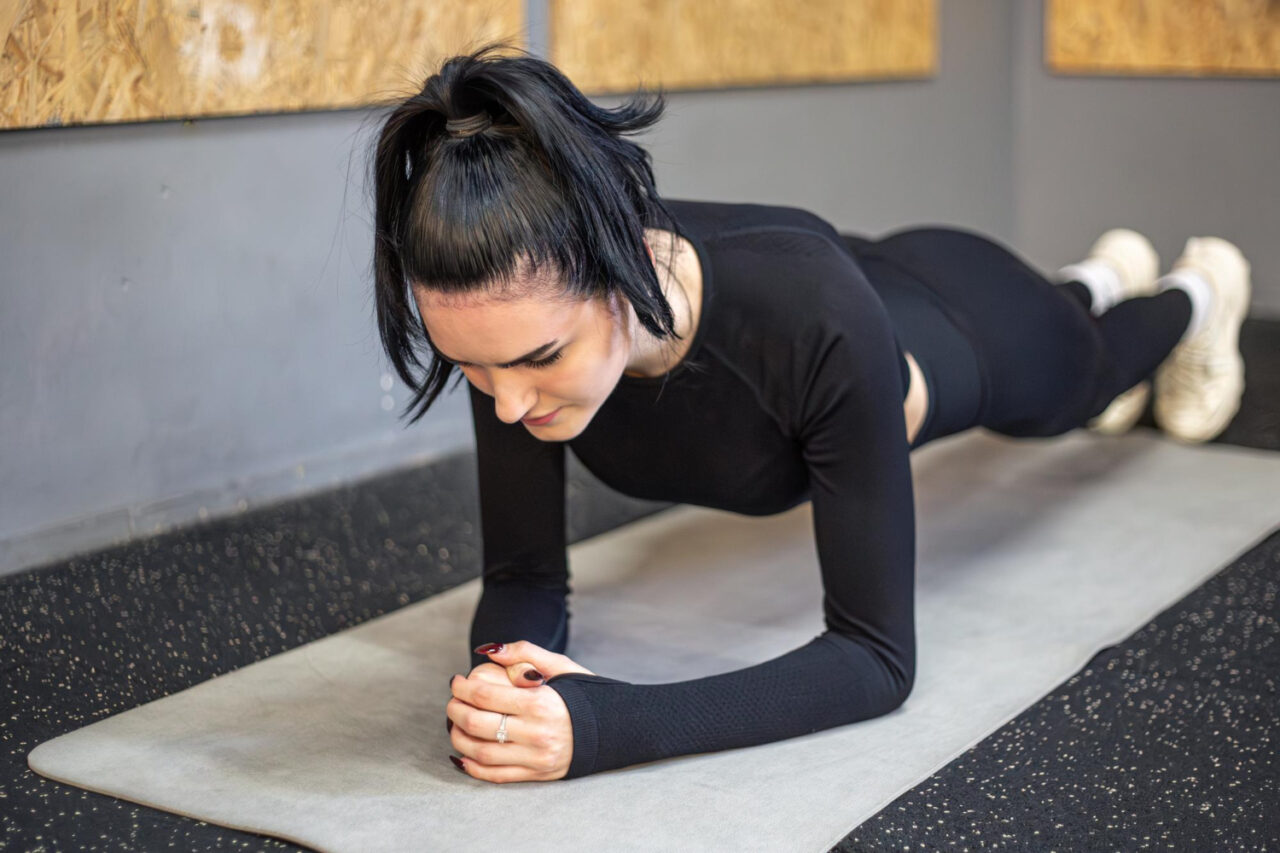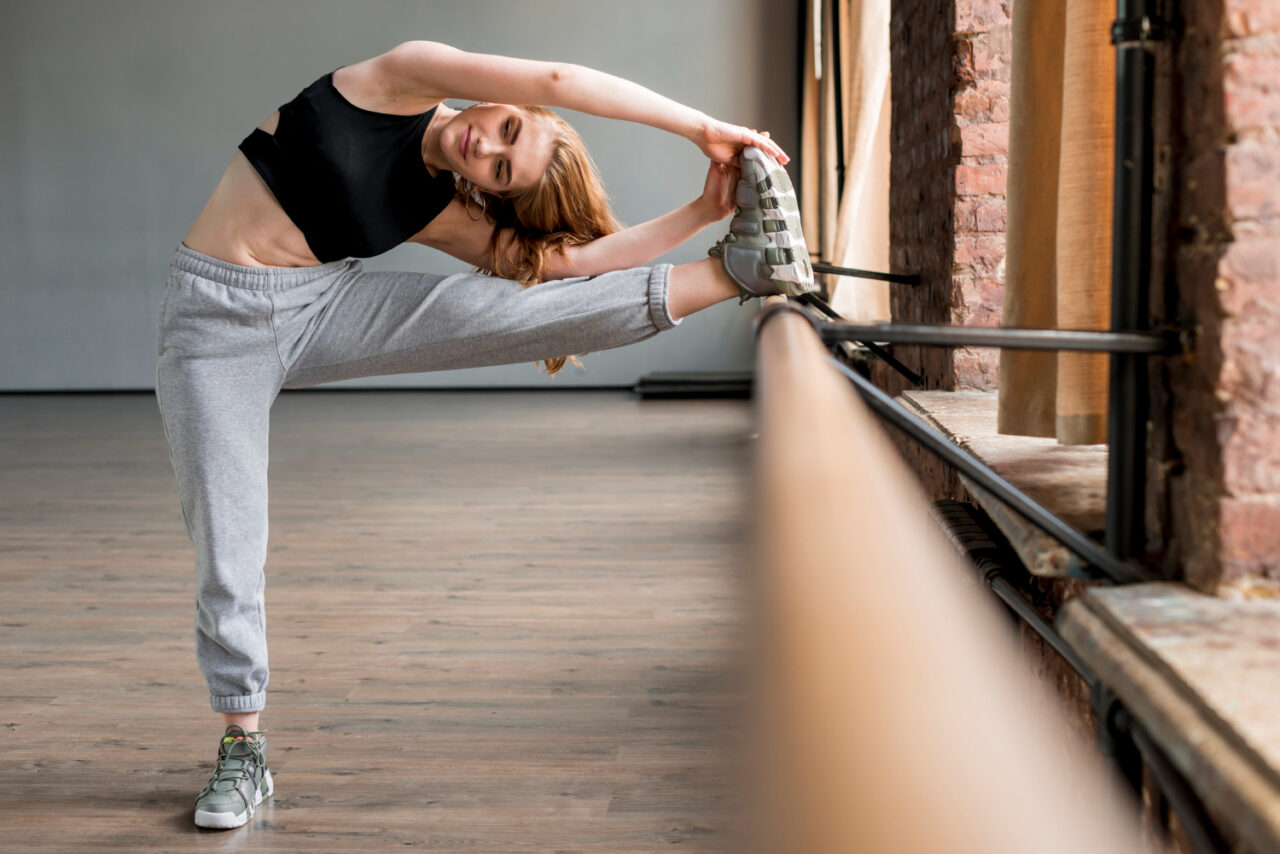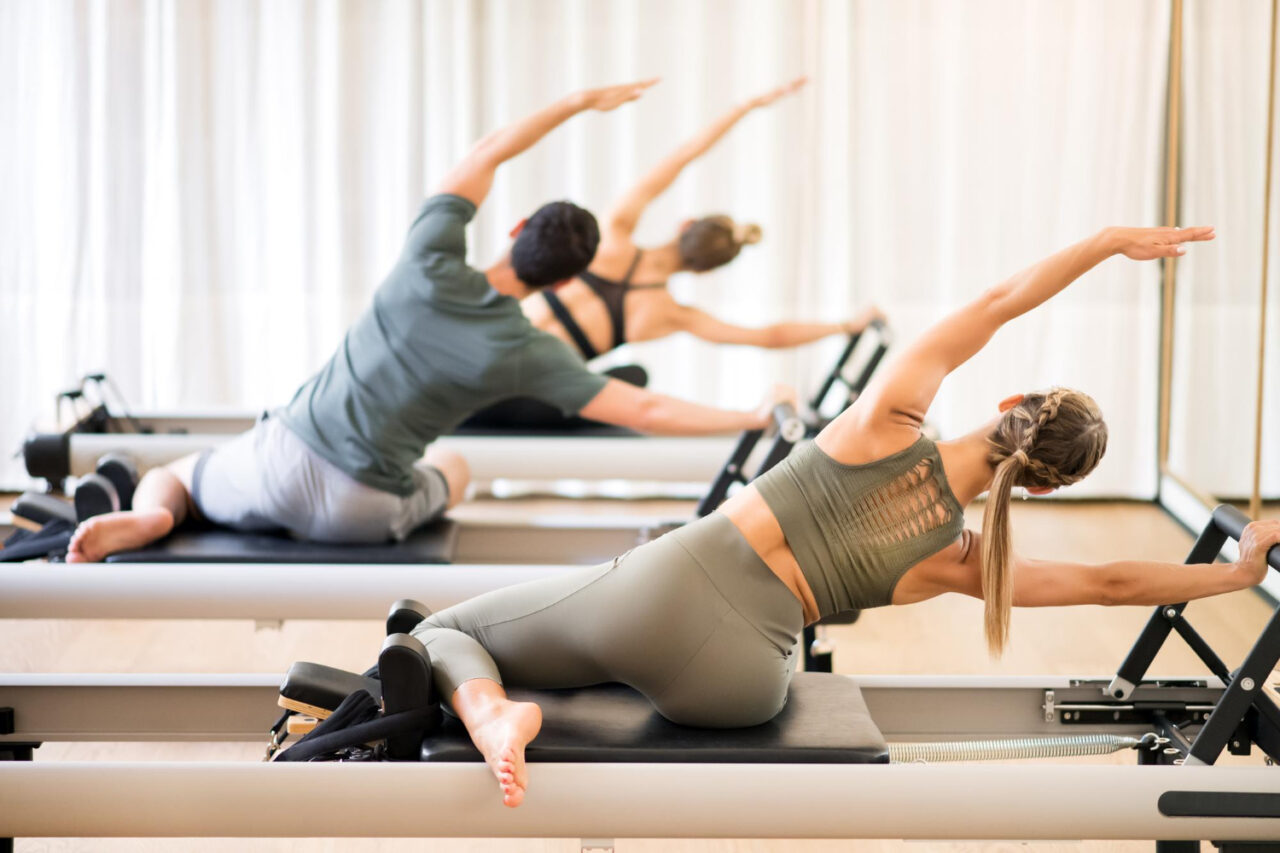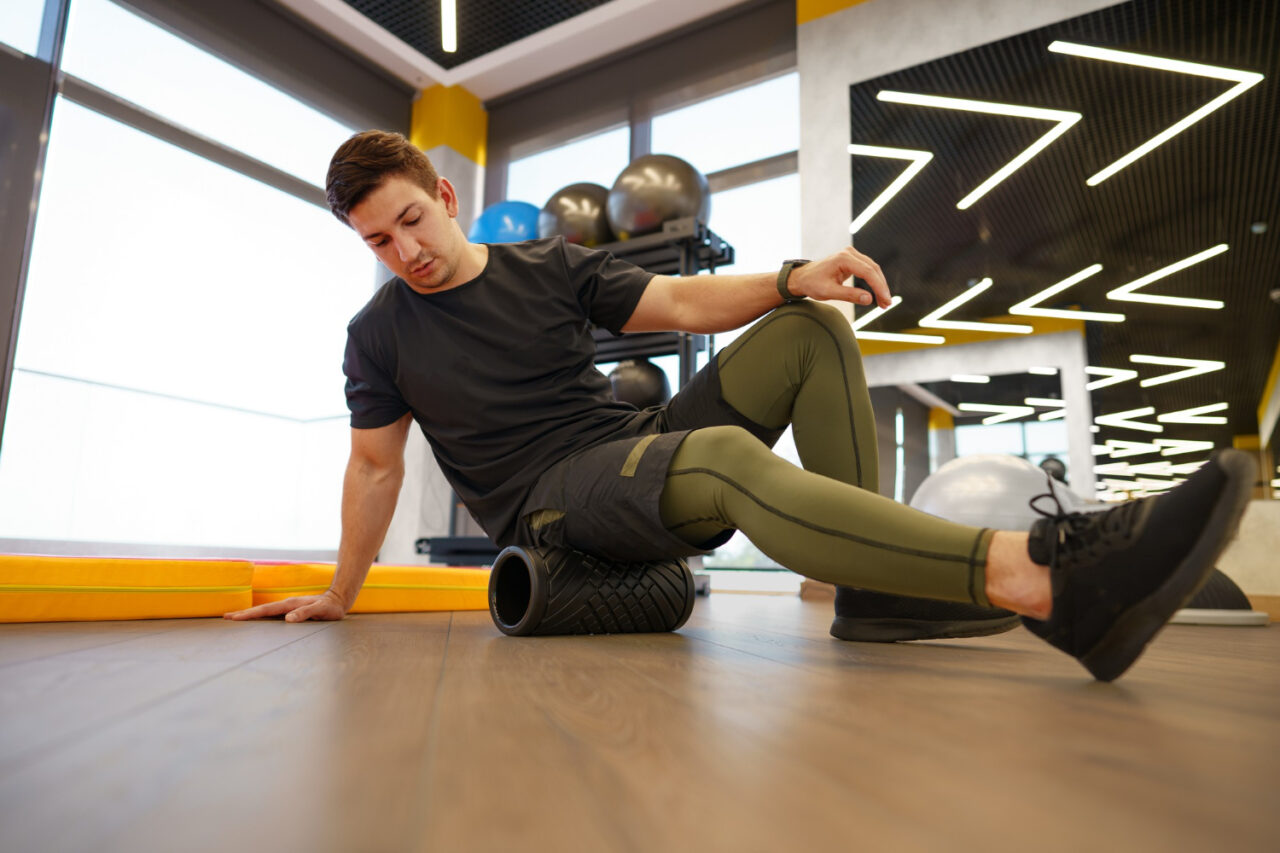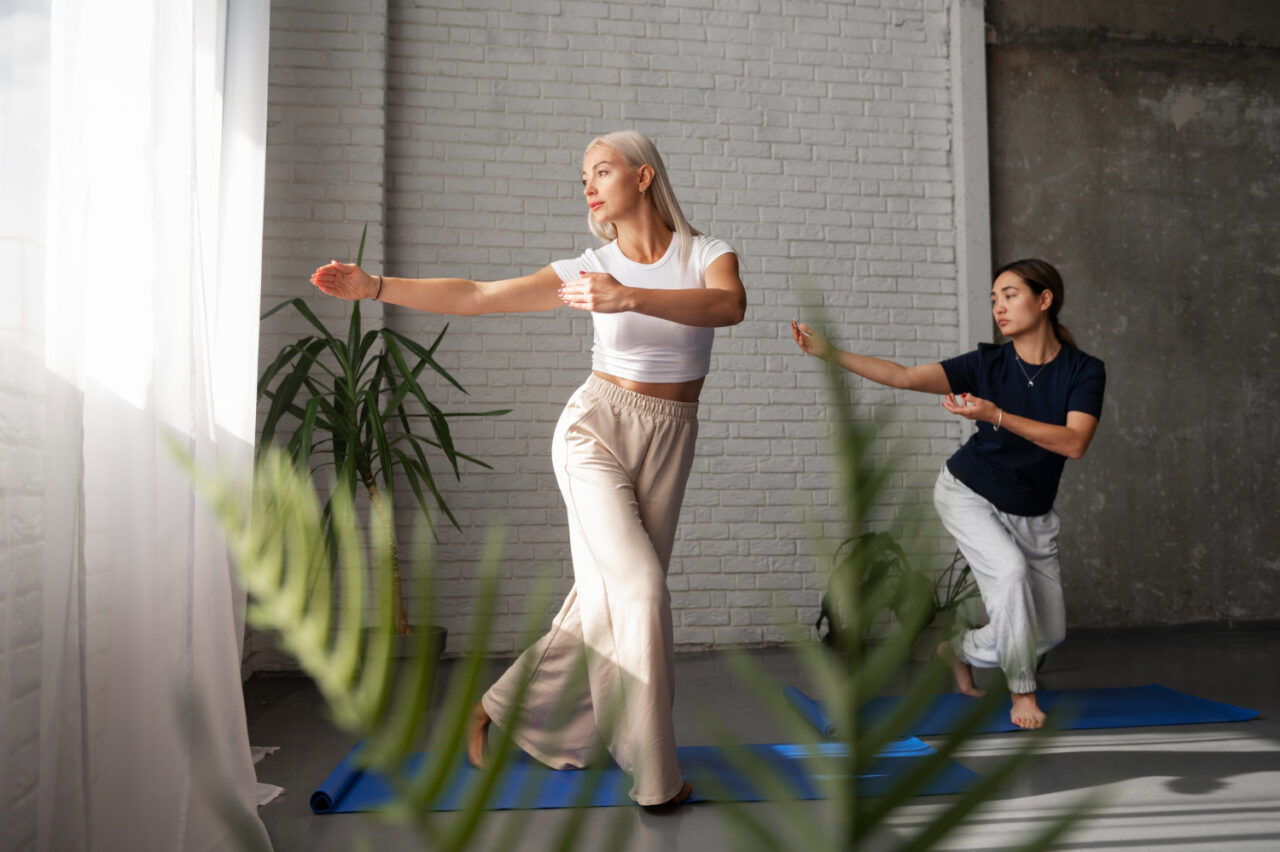Personal training can be a game-changer for many embarking on their fitness journey. Whether you’re trying to get stronger, lose weight, or simply improve your overall health, a personalized approach can make all the difference. With guidance from an expert, goals can be tailored to suit individual needs, offering both the motivation and accountability required to achieve them. However, like any worthwhile endeavor, there are hurdles that might pop up along the way.
Many individuals encounter obstacles such as waning motivation, challenges in maintaining a consistent routine, or hitting those dreaded plateaus where progress seems to halt. The good news is that these obstacles are not only common but also conquerable. By recognizing these challenges and arming yourself with strategies to overcome them, personal training sessions can be transformed into a rewarding and fulfilling experience. If you’re in Raynham, making use of local resources and support systems can be the key to keeping your fitness plans on track.
Identifying Common Obstacles
When starting or maintaining personal training sessions, several challenges frequently arise. Understanding these can help in finding ways to tackle them efficiently. Some of the typical roadblocks include:
1. Motivation:
– Initial enthusiasm may dwindle over time.
– Goals may appear too distant or hard to achieve.
2. Consistency:
– Life gets busy, and sticking to a workout schedule becomes difficult.
– Other commitments may take precedence, pushing fitness plans to the backseat.
3. Plateaus:
– Progress can stall, making workouts feel less rewarding.
– Lack of visible results might challenge motivation.
These obstacles can hinder your fitness progress, making it difficult to stay committed to personal training sessions. Motivation, for instance, if not nurtured, can evaporate easily, leading to skipped sessions and slow progress. Inconsistencies might result in slow improvements or none at all, causing frustration. Furthermore, hitting a plateau can be disheartening, especially when it feels like you’re putting in the effort without seeing any returns. Recognizing and naming these obstacles is the first step in preventing them from derailing your fitness ambitions. Raynham offers various ways to help address these challenges, including skilled trainers and supportive fitness communities.
Personalized Strategies for Motivation
Fostering motivation in your training sessions is like tending a garden—it requires attention and commitment. The initial excitement can sometimes fade, but a few strategies can keep your passion alive. Start by setting clear, achievable goals. Rather than aiming to do a hundred push-ups by next month, break down your ambition into smaller, manageable steps. Celebrate each goal you conquer; even a small victory can boost your morale.
Keeping yourself motivated often involves changing things up. If the treadmill has become monotonous, try a different exercise or mix in some music that energizes you. Keeping your regimen varied helps prevent boredom and keeps enthusiasm levels high. Tracking your progress is another powerful way to stay motivated. Mark your achievements in a journal or use fitness apps to see how far you’ve come. There’s nothing quite like reflecting on your journey to remind you why you started.
Celebrating milestones should become part of your routine, too. Treat yourself for sticking to your plan, whether that means a delicious healthy meal or a new workout shirt. It reinforces that you’re investing in yourself, making every workout increasingly rewarding.
Enhancing Consistency in Training
Think of consistency as the backbone of your fitness journey. Its importance can’t be stressed enough, as regularity in your routines leads to sustained progress. Here are some practical tips to help make your training session a steadfast commitment:
– Scheduling: Integrate exercise into your daily routine. Mark it on your calendar like any important appointment.
– Time Management: Allocate specific times for your workouts and stick to them, considering them as non-negotiable.
– Habit-Building: Make exercise a natural habit rather than a forced activity—start small if necessary and gradually increase your commitment.
– Buddy System: Pair up with a friend or find a local gym community for mutual support and accountability. Having someone alongside you can boost morale and make sessions more enjoyable.
Remember, everyone’s routine will look a bit different. Find what works best for you and stay flexible, ready to adjust your plans as needed. This way, personal training becomes an integrated part of life rather than an imposition.
Breaking Through Plateaus
Reaching a plateau in your training is akin to driving a car that suddenly loses speed on an uphill road. It’s frustrating, to say the least, but beating a plateau can feel incredibly rewarding. Recognizing the signs early is key. If your workouts become less effective or results stall, you might be in a plateau.
To overcome this, diversify your routine. Switch workouts every few weeks or add new challenges to re-engage your body. This might involve increasing weights, adding new exercises, or trying different workout classes to push past the stagnation.
Adjustments in nutrition and recovery are equally important. Sometimes a plateau is a sign your body needs a little extra fuel or rest. Make sure your diet aligns with your fitness goals and includes the nutrients necessary for your energy and recovery. Getting enough rest is essential, as proper recovery can prevent overtraining.
Summary of Tips
To sail smoothly on your fitness journey, remember these key strategies. Keep your goals achievable and celebrate your achievements, no matter how small. Consistency will help you structure your workouts like clockwork, and defeating plateaus requires a fresh perspective and new approaches.
Persistence is your best ally. Even when motivation wanes or obstacles seem too challenging, remember that commitment trumps all. Keep believing in your capacity to overcome these hurdles. With time, effort, and the right support, your personal training sessions can become both fulfilling and fun.
If you’re ready to push past setbacks and stay consistent with your fitness goals, take advantage of the supportive community and expert guidance available at gyms in Raynham. Raynham Athletic Club offers a welcoming environment to help you stay motivated, overcome plateaus, and keep moving forward with confidence.

